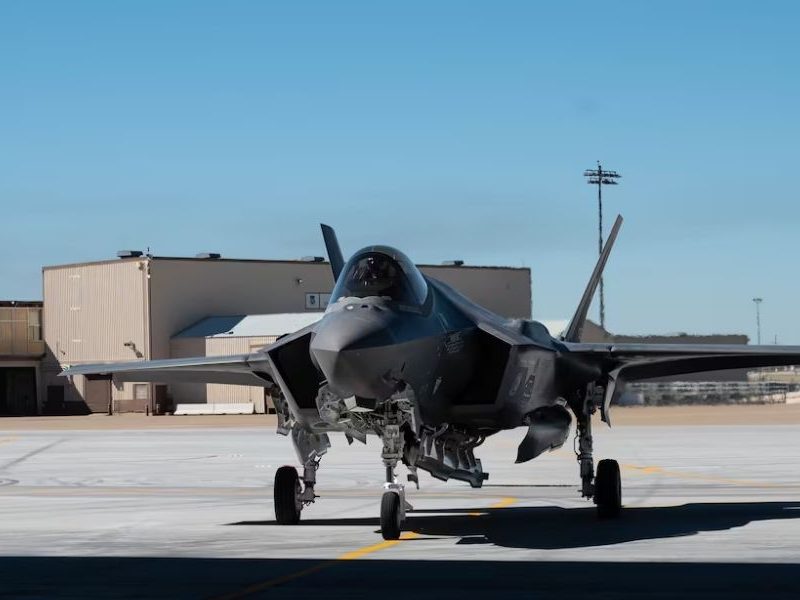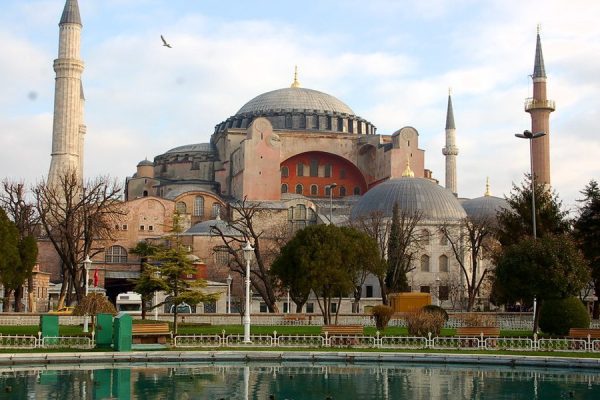Yuri Gagarin was a Soviet cosmonaut who made history on April 12, 1961. He became the first human to travel into space, marking a significant milestone in human exploration. Gagarin’s flight was a monumental achievement for the Soviet Union, showcasing their advancements in space technology.
Early Life of Yuri Gagarin
Childhood and Family Background
Yuri Alekseyevich Gagarin was born on March 9, 1934, in Klushino, a small village in the Smolensk region of Russia. He was the third of four children in a working-class family. His father, Alexey Gagarin, was a carpenter, and his mother, Maria Gagarina, was a dairy farmer. The family faced hardships during World War II, which deeply impacted Gagarin’s early life.
Education and Early Interests
Gagarin showed an early interest in aviation. He often watched planes fly over his village, dreaming of becoming a pilot. After the war, he attended a local school and excelled in his studies. In 1951, he joined a local flying club, where he learned to fly. His talent quickly became apparent, and he earned his pilot’s license.
In 1955, Gagarin entered the Soviet Air Force. He trained at the Orenburg Military Aviation School, where he graduated in 1957. His skills as a pilot would later play a crucial role in his selection for the historic space mission.
The Space Race
Overview of the Space Race
The Space Race was a rivalry between the United States and the Soviet Union that commenced in the late 1950s. Both nations aimed to achieve significant milestones in space exploration, driven by political, military, and scientific motivations. The race was fueled by the desire to demonstrate technological superiority during the Cold War.
Key Events Leading to Gagarin’s Flight
In 1957, the Soviet Union successfully launched Sputnik 1, marking the debut of the world’s first artificial satellite to orbit the Earth. This launch shocked the world and marked the beginning of the Space Age. The United States responded by accelerating its space program, establishing NASA in 1958. The competition intensified as both nations aimed to send humans into space.
In 1961, the Soviet Union prepared for its first human spaceflight. They selected Gagarin for this historic mission, recognizing his exceptional skills and potential. His training began in earnest, involving rigorous physical and psychological evaluations.
The Vostok 1 Mission
Preparation for the Flight
Yuri Gagarin’s historic flight took place on April 12, 1961. The spacecraft was named Vostok 1, designed for a single cosmonaut. The mission aimed to demonstrate the feasibility of human space travel and gather data on the effects of spaceflight on the human body.
The launch occurred at the Baikonur Cosmodrome located in Kazakhstan. Gagarin underwent extensive training, including simulations and emergency procedures. He was filled with excitement and nerves, knowing he was about to make history.
The Launch and Flight Experience
At 9:07 AM Moscow time, Vostok 1 lifted off. The launch was successful, and Gagarin was on his way to space. The spacecraft orbited Earth once, completing a full revolution. The entire flight lasted about 108 minutes.
During the flight, Gagarin experienced weightlessness for the first time. He marveled at the beauty of Earth from space, observing the curvature of the planet and the vastness of the cosmos. He famously said, I see Earth! It is so beautiful! This event ignited the imagination of individuals across the globe.
Safe Return to Earth
The mission was a complete success. Gagarin safely returned to Earth, landing near the city of Engels. His achievement made him an international hero. The Soviet Union celebrated his flight as a significant victory in the Space Race, and Gagarin became a symbol of Soviet achievement.
The Impact of Gagarin’s Flight
Global Reactions and Celebrations
Yuri Gagarin’s flight had a profound impact on the world. It was a significant victory for the Soviet Union in the Space Race. The mission demonstrated the capabilities of Soviet space technology and inspired awe and admiration globally.
Gagarin became a symbol of Soviet achievement. He was celebrated not only in the USSR but around the globe. His flight inspired a generation of scientists, engineers, and dreamers. People began to see space exploration as a possibility for humanity.
Influence on the United States Space Program
In the United States, Gagarin’s success prompted increased efforts in space exploration. NASA accelerated its programs, aiming to send humans to the Moon. The Space Race intensified, leading to remarkable advancements in technology and engineering. The U.S. government recognized the need to invest heavily in its space program, resulting in the Mercury and Gemini missions, which laid the groundwork for future lunar exploration.
Cultural Significance
Gagarin’s flight also had cultural significance. It sparked widespread interest in space exploration among the public. Books, films, and television shows began to feature themes of space travel, inspiring a new generation to dream of exploring the cosmos. Gagarin’s image became synonymous with adventure and human achievement, transcending national boundaries.
Gagarin’s Life After Space
Rise to Fame
After his historic flight, Gagarin became a global celebrity. He traveled extensively, promoting space exploration and the Soviet space program. He met with world leaders, including U.S. President John F. Kennedy, and attended international events, where he shared his experiences and the importance of space exploration.
Continued Contributions to Space Exploration
Gagarin continued to work in the Soviet space program, contributing to the training of other cosmonauts and participating in various missions. His experience and knowledge were invaluable in shaping the future of human spaceflight. He was involved in the development of new spacecraft and technologies, ensuring that the legacy of his flight would continue.
Personal Life and Humility
Despite his fame, Gagarin remained humble and grounded. He often expressed gratitude for the opportunity to fly in space and recognized the importance of teamwork in achieving such monumental goals. He married Valentina Gagarina in 1957, and they had two daughters, Yelena and Galina. Gagarin cherished his family life and sought to maintain a sense of normalcy amidst his celebrity status.
The Tragic Death of Yuri Gagarin
Circumstances Surrounding His Death
In 1968, Gagarin tragically died in a plane crash while piloting a routine training flight. He was only 34 years old. The circumstances surrounding his death remain somewhat mysterious, with various theories proposed regarding the cause of the crash. His untimely passing was a great loss to the world of space exploration and left a profound impact on those who admired him.
Legacy of Gagarin’s Life
Gagarin’s legacy endures to this day. He is remembered as a pioneer of space travel and a symbol of human courage and determination. His achievements continue to inspire new generations of explorers, scientists, and dreamers who seek to push the boundaries of what is possible.
Gagarin’s Legacy
Honors and Memorials
Numerous awards and honors have been named after Gagarin, recognizing his contributions to space exploration. The Yuri Gagarin Cosmonaut Training Center, established in 1960, continues to train future cosmonauts and astronauts, ensuring that his legacy lives on in the next generation of space explorers.
Yuri’s Night The World Space Party
April 12 is celebrated as Yuri’s Night, also known as the World Space Party. This event commemorates Gagarin’s historic flight and promotes space exploration worldwide. Celebrations include parties, educational events, and public gatherings, bringing together people from all walks of life to honor the spirit of exploration.
Educational Impact
Gagarin’s story is taught in schools worldwide, highlighting the importance of curiosity, perseverance, and the quest for knowledge. His journey symbolizes the potential of human achievement and the importance of dreaming big. He showed that with determination and teamwork, anything is possible.
Cultural Representation
In popular culture, Gagarin has been featured in films, books, and documentaries. His life story continues to captivate audiences, serving as a reminder of the human spirit’s resilience and the desire to explore the unknown. He remains a symbol of hope and inspiration for future generations.
Conclusion
Yuri Gagarin’s journey into space changed the world. He was the first human to break the bonds of Earth, and his legacy lives on in the hearts of many. Gagarin’s achievements remind us of the importance of exploration and the pursuit of knowledge. As we look to the future, we honor his contributions to humanity and the spirit of adventure that he embodied.
The quest for knowledge and exploration that Gagarin inspired continues today. New generations of explorers strive to discover what lies beyond our planet, pushing the boundaries of science and technology. Yuri Gagarin will always be remembered as a hero, and his name is synonymous with courage, exploration, and the enduring human spirit.












